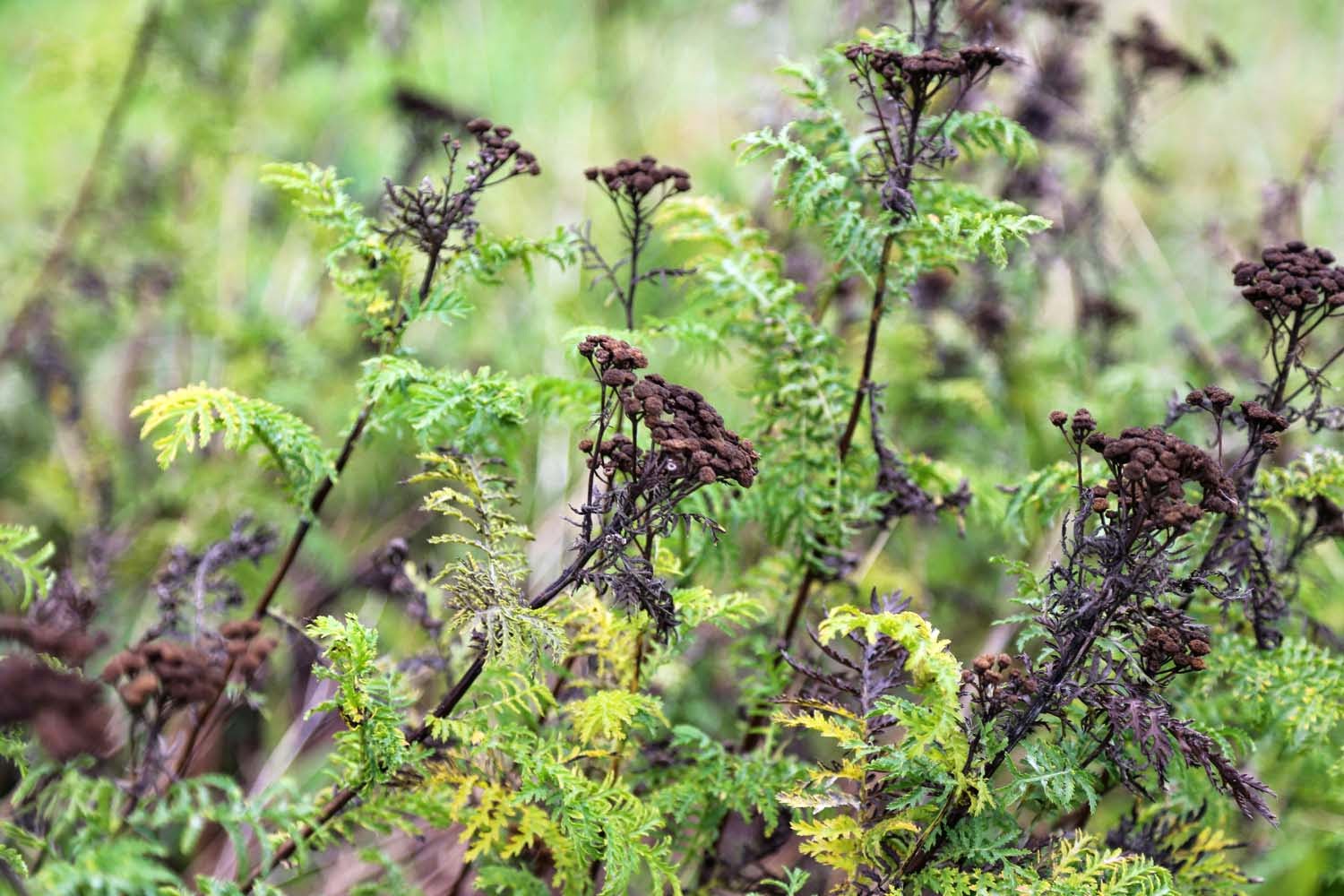Pulling Ragwort
Today I’ve been to a Yorkshire
Wildlife Trust conservation volunteer work day at Wheldrake Ings. It’s a
stunningly beautiful place at this time of the year. The Ings that are crowded
with wildfowl during the winter months are now vast areas of rich grassy meadow,
filled with wild flowers. Curlews were calling overhead, which reminded me of
Shetland – another beautiful wild place.
Our task today was to remove the ragwort that grows in the meadow, which is poisonous to livestock. Once the ragwort is removed, the grass can be harvested in August, to produce hay. The alternative to manual removal of the ragwort would be to spray the grassland with herbicides which would kill off the other wildflowers as well. The flowers support insects that support birds and the rest of the natural food-chain.
The autumn regrowth will be grazed by sheep, before the winter wildfowl returns, but for now only the roe deer graze this meadow – we came across their tracks through the grass and small clearings where they had lain. This area is off-limits to the general public. As conservation volunteers we had privileged access to a place few people see.
Volunteers pulling ragwort
Our task today was to remove the ragwort that grows in the meadow, which is poisonous to livestock. Once the ragwort is removed, the grass can be harvested in August, to produce hay. The alternative to manual removal of the ragwort would be to spray the grassland with herbicides which would kill off the other wildflowers as well. The flowers support insects that support birds and the rest of the natural food-chain.
Ragwort (Senecio jacobaea) in the meadow
Ragged Robin (Lychnis
flos-cuculi)
The autumn regrowth will be grazed by sheep, before the winter wildfowl returns, but for now only the roe deer graze this meadow – we came across their tracks through the grass and small clearings where they had lain. This area is off-limits to the general public. As conservation volunteers we had privileged access to a place few people see.
Just part of the huge floodplain meadow at Wheldrake Ings

Comments
Post a Comment